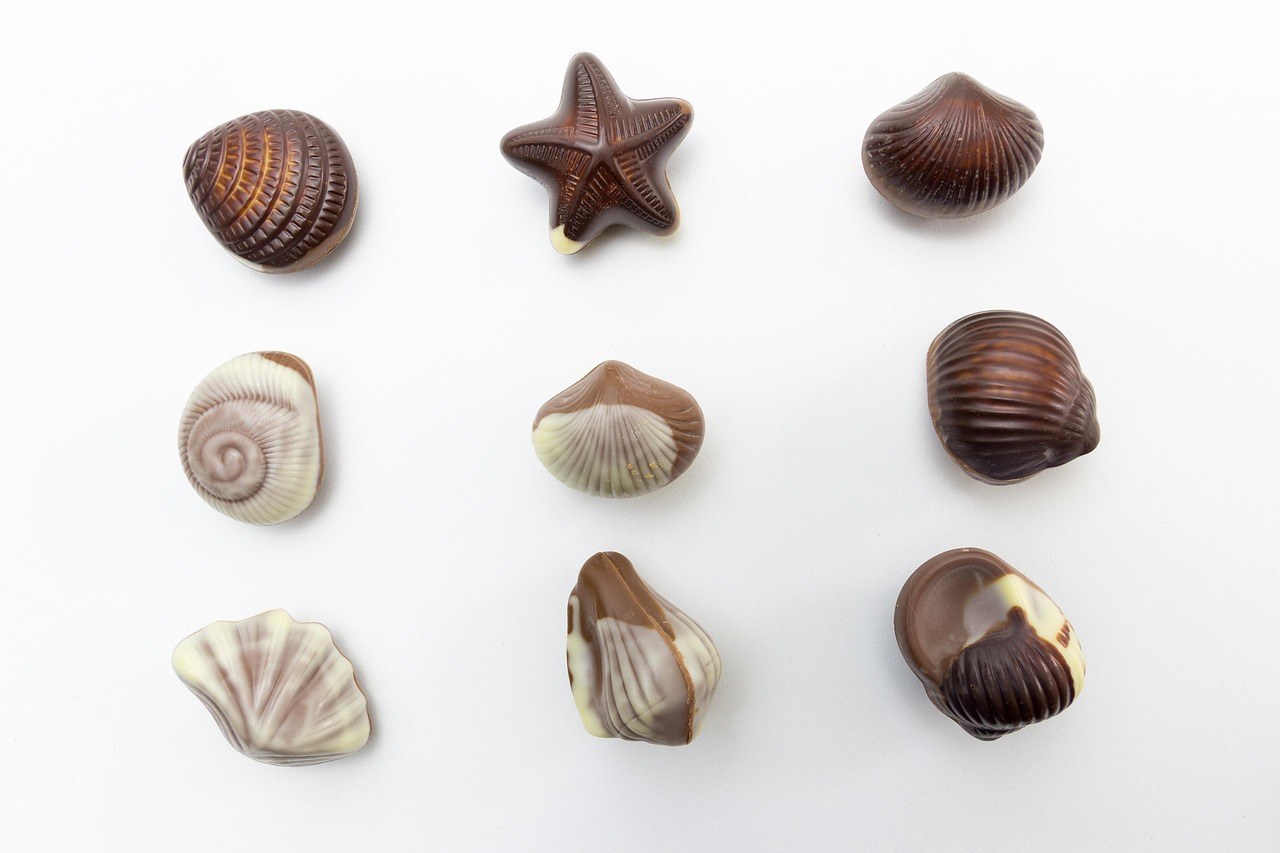Limerence can sweep in like a summer squall-sudden, dizzying, and hard to read-yet it is not the same thing as love. People often confuse intense infatuation with a deeper bond, especially when their thoughts loop endlessly around one person and ordinary routines begin to orbit a fantasy. Understanding limerence matters because mistaking it for love can nudge you toward choices that don’t serve you-staying stuck, hiding your feelings, or chasing a connection that exists more in your imagination than in real life.
What limerence actually means
At its core, limerence is an involuntary mental and emotional state centered on a particular person-often called the limerent object. You feel a powerful pull, your mood rises and falls on subtle cues, and your mind keeps returning-compulsively-to the same scenes, the same what-ifs. It resembles a crush, yet it runs deeper and lasts longer, and it certainly doesn’t require a real relationship to take root. You may barely know the other person and still feel captivated by them, as if your future depends on what they might think of you.
While people sometimes use the language of love to describe this experience, limerence behaves differently. Love grows in the light of reality-knowing someone as they are and caring for them anyway. Limerence prefers the half-light-projecting possibilities, editing memories, and elevating a fantasy version of someone who may not be available, interested, or even aware of your feelings.

Why limerence clings-fear, avoidance, and imagined signals
Limerence thrives on uncertainty. Fear of rejection becomes a governing force-so strong that approaching the person can feel impossible. You may decide to wait for “the right moment,” which never arrives, or you may convince yourself that silence is safer than finding out the answer. This avoidance gives limerence room to grow because nothing punctures a fantasy faster than clear information.
In the meantime, your attention filters everything for meaning. A smile becomes a sign, a friendly message turns into proof, and a second glance launches a whole day of buoyant hope. Small gestures are replayed and reinterpreted until they look like reciprocation. When those gestures don’t come, the mood drops-sometimes sharply-only to rebound when the next perceived signal appears. The cycle keeps going because limerence feeds on hints, not on the steady warmth of mutual connection.
Some people find a curious kind of satisfaction simply knowing the other person exists. The idea of them-held gently at a distance-can feel safer and more manageable than a real, developing relationship with all its messy details. This is one reason limerence can sustain itself for long stretches, even when the two of you rarely interact.

Body and mind under limerence
Limerence is not just a thought pattern; your body gets involved. You might notice trembling before a conversation, a racing heartbeat when their name appears on your screen, or a wave of nerves at the idea of calling them. Shyness can intensify. Words may tangle. The center of the chest can feel tight-thrilling one moment, aching the next. Because your inner state is calibrated to the tiniest signs of approval or rejection, you can swing between elation and deflation with surprising speed.
Over time, this hyper-sensitivity can cost chances for real connection. If you are perpetually afraid of offering your feelings-because a “no” would feel unbearable-you may never step forward, even when mutual interest is present. Opportunities drift by, and the cycle repeats, reinforcing the hold limerence has on your attention.
Limerence versus love-clear contrasts that change everything
From the inside, limerence can feel indistinguishable from devotion. Yet when you compare it with love, important differences come into focus. Below is a grounded, reality-first way to see those contrasts so you can name what’s happening and choose your next steps with more clarity.

Survival versus preference. In love, you want someone in your life; in limerence, it can feel as if you cannot survive without them. The imagined loss produces anxiety and a sharp fear response-far beyond ordinary longing. That intensity looks like love from a distance, but its urgency belongs to limerence.
Before the relationship exists. Limerence often flares at the very beginning-or in the absence-of a relationship. You fill in the blanks with projection, writing stories about a future you have not discussed. Love, by contrast, arrives gradually-built on real moments, not only daydreams.
Emotional dependency. With limerence, your mood maps onto theirs. If the person is warm, you soar; if they step back, you sink. That dependency is less about connection and more about regulation-using their reactions to stabilize your internal weather.
More fantasy than fact. Limerence leans on an idealized image. You might list their virtues while overlooking their complexity, all while holding an imagined version that fits your hopes. Love sees the person as a whole-strengths, contradictions, and flaws-without needing to pretend.
Intensity without foundation. Feeling a magnetic pull isn’t unique to either experience. The difference is base camp: limerence starts on a cliff edge; love stands on ground you’ve tested together. Love’s intensity is supported by shared understanding; limerence’s intensity floats on possibility.
Microscope thinking. In limerence, every word and gesture is dissected-Was that a hint? Did they mean more? Love doesn’t require constant decoding. In a loving connection, the communication is clearer and less fraught.
Compulsive monitoring. Limerence turns daily life into surveillance-checking profiles, tracking replies, scanning who they talk to. Your schedule orbits around them. Love makes room for curiosity without turning attention into obsession.
Engineered encounters. “Accidents” multiply-turning up where they work, lingering where they buy coffee-because limerence craves proximity. Love doesn’t need staged scenes to feel real; it grows through agreed-upon time together.
Pedestal thinking. With limerence, you elevate a constructed image and disable your appetite for the truth. You may resist getting to know them fully because the ideal feels too precious to risk. Love can admire without denial.
Jealousy without a bond. Seeing them with others can feel intolerable, even when you are not together. Limerence fuels competition for a place you have never been offered. Love manages jealousy through conversation, boundaries, and mutual care.
Physical symptoms of stress. A missed sighting triggers nausea; a call spikes your pulse; a chance encounter leaves you dizzy. The body confirms what the mind is doing-limerence puts you on high alert and keeps you there.
Self-interest at the center. Love asks, “Who are you, really, and how can I care for you?” Limerence, though intense, often asks, “How do you make me feel?” The focus drifts toward personal gratification instead of mutual well-being.
Impulsive choices. Under limerence, people sometimes make sweeping decisions-giving away resources, rushing into commitments, or pushing aside friends and family. The force feels irresistible in the moment, even when consequences loom.
Physical intimacy optional. Limerence does not require closeness of bodies. You may prefer heroic fantasies-rescuing them, being noticed, earning gratitude-over touch. The reward you seek is acknowledgment, not necessarily affection.
Gratitude as the prize. Imagined scenarios often end with the other person thanking you profusely. The script centers your role as savior, which supplies a rush of meaning. Love aims for shared comfort, shared desire-shared life.
Longer than a simple crush. Limerence can outlast ordinary infatuation by months or even years because uncertainty and distance keep the story alive. The less you know, the more the mind writes-sustaining the cycle.
Waves of intensity. The experience doesn’t run at one level. There are quiet stretches when the pull fades, followed by surges of renewed hope-often triggered by a small perceived sign. This ebb and flow keeps limerence entrenched.
Reciprocation as oxygen. Even tiny signals-a brief smile, a quick reply-feel euphoric. In limerence, such moments become the whole weather system. Love delights in reciprocation, too, but it is not the sole source of joy or self-worth.
Limited future. Limerence chases acquisition-winning someone’s attention-more than building a life. It doesn’t naturally mature into cooperation around values, habits, and shared goals. Love’s trajectory points toward partnership rather than possession.
Endless daydreaming. Your mind jumps ahead-to the early dates, the vacations, the home you might share-while practical tasks slip. The fantasy becomes a full-time job, edging out your real commitments.
They appear everywhere. Songs, street signs, the color of a jacket-everything seems to point back to them. While love can feel absorbing, limerence colonizes your attention until daily life becomes a gallery of reminders.
Shallow connection today, deep plans tomorrow. You may be barely acquainted, yet mentally planning wedding vows. The mismatch between reality and imagination is the signature of limerence.
Analysis on loop. A degree of wondering is normal when you like someone. Limerence pushes analysis into overdrive-interpreting every pause, every emoji, every glance-as though the universe were speaking in code.
“Soulmate” certainty without knowledge. You might be convinced they are the one, not because of who they are, but because of how powerfully you feel. Love can include a sense of destiny, but it rests on knowing-not on projection.
Orchestrating closeness. You may shift friendships or nudge circumstances so you end up near them. If you find yourself pulling strings to secure contact, you are likely in the terrain of limerence, not love.
Mood crashes. When appreciation or attention doesn’t arrive, your spirits plummet. These drops can feel like rejection of your whole self, even if nothing explicit happened. Limerence links your stability to a person you hardly know.
How limerence reshapes everyday life
Because limerence orients your mind toward signs of hope, a lot of normal life gets rearranged. Work may feel fragmented because concentration is constantly interrupted by imagined dialogues or the urge to check your phone. Friendships can become supporting roles in a story about the limerent object-people to update, people to recruit for accidental meetings, people to reassure you that the latest smile “meant something.” You may come to prefer the promise of future joy over the available satisfactions already present in your day.
Paradoxically, the very behaviors meant to pull the other person closer can keep real closeness at bay. When you idolize from afar, you don’t risk being known-so you can’t be loved for who you are. Limerence offers the drama of romance without the mutual labor of relationship. It seduces you into waiting for confirmation rather than building connection through vulnerable, honest steps.
Choosing a different path when limerence shows up
Recognizing limerence is not a failure-it’s an invitation. If you identify the patterns above in your own behavior, you can do something kinder for yourself. Start by noticing the moments when your mind is busy assigning meaning to neutral events; name the process and gently step back. Ask what you actually know, not what you hope. If a conversation is warranted, consider speaking plainly rather than reading tea leaves. Clarity may sting, but it frees you from loops that drain your energy.
It also helps to re-engage with your own life-interests, friendships, routines-so your mood is not entirely captive to one person’s attention. This doesn’t mean denying the attraction; it means refusing to let attraction govern your well-being. Limerence loses power when reality gains space-when you trade decoding for dialogue and fantasy for information.
Hopes and fears-two sides of the same coin
Limerence can deliver soaring moments of happiness when you believe the feelings are returned, and equally sharp valleys when they appear not to be. With each rise comes a mirrored fear-What if I imagined it? What if they pull away? That fear spawns self-doubt and keeps the fantasy alive because you seek fresh reassurance. The pattern is seductive and exhausting all at once.
If you notice that limerence is shaping your choices, consider the gentle courage of stepping out of the loop. You can keep the human warmth that drew you in-admiration, attraction, goodwill-while letting go of the chase for perfect signs. Love is possible, but it grows on different soil. It asks for the steady work of seeing truly and being seen-without elevating someone to a pedestal, without turning your heart’s weather over to the forecast of a glance. Naming limerence for what it is gives you room to choose that steadier path.